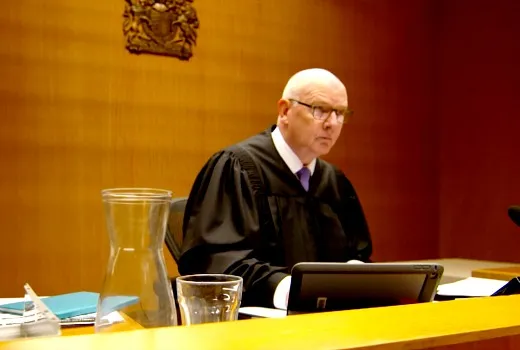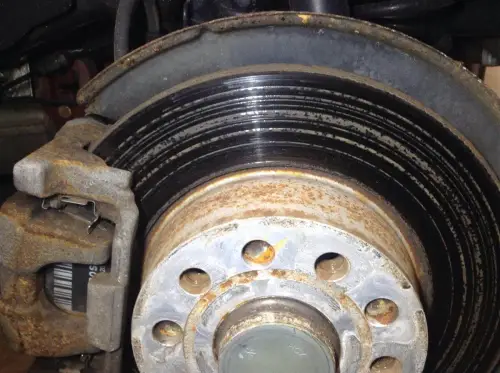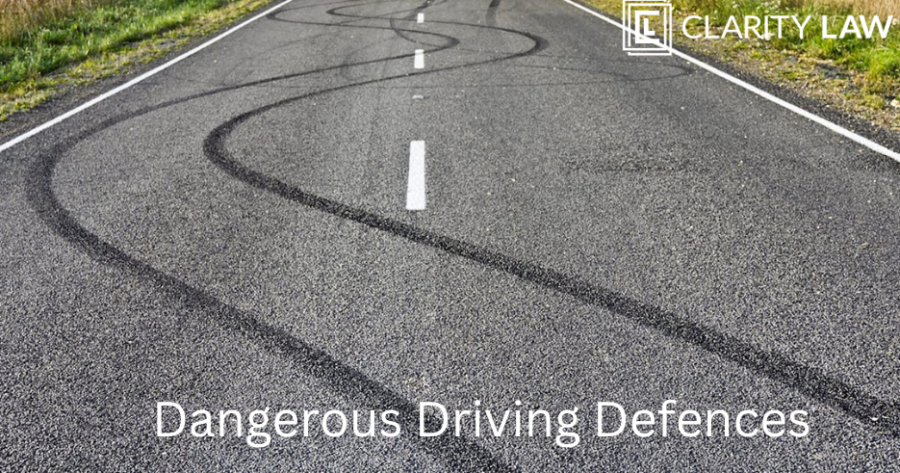Dangerous driving is one of the most serious traffic related charged that can come before a court. Unlike drink driving or unlicensed driving which are considered traffic offences dangerous driving is considered a criminal offence and carries serious penalties if found guilty especially if the charge is dangerous driving causing injury or death.
We have an Essential Guide to Dangerous Driving that explains all about dangerous driving and the penalties that can be imposed.
This blog post is about possible defences to dangerous driving in Queensland.
What is Dangerous Operation of a Vehicle?
The legislation provides the formal definition of dangerous driving as
“operates, or in any way interferes with the operation of, a vehicle dangerously” means … at a speed or in a way that is dangerous to the public, having regard to all the circumstances, including –
- the nature, condition and use of the place; and
- the nature and condition of the vehicle; and
- the number of persons, vehicles or other objects that are, or might reasonably be expected to be, in the place; and
- the concentration of alcohol in the operator’s blood or breath; and
- the presence of any other substance in the operator’s body.
The “public” will include any passengers that are in the car at the time of the alleged dangerous driving as well as any member of the public in the vicinity of the alleged dangerous driving.
Furthermore, this definition does not require any proof of “intent” or “deliberateness” on the part of the driver. This is because the standard by which your driving is judged as dangerous is an objective one it is a subjective one. It does not matter whether you thought your driving was dangerous or not it is unto the court as to whether the driving was dangerous to the public in all the circumstances.
However, your intentions and the deliberateness (or otherwise) of your actions may be relevant to deciding whether your driving was dangerous in all the circumstances. These factors are also relevant in determining the appropriate sentence if you plead guilty or found guilty after a trial.
What court will here a dangerous driving charge?
All dangerous driving charges start in a Magistrates Court via a notice to appear in court.
It then depends on any aggravating factors that are alleged. For a normal or “simple” dangerous driving charge the Magistrates Court will hear the charge.
If there is an allegation that the dangerous driving result in grievous bodily harm or death of another person or other major aggravations the District Court must ultimately determine the matter.

Possible Defences to a dangerous driving charge
Below is a partial list of possible defences to a dangerous driving charge.
The Driving wasn’t dangerous
The most obvious defence to this charge is to prove that your driving was not, in fact, dangerous.
This is entirely a matter for the magistrate or jury to decide and they must do so on an objective basis.
The expression "operates a vehicle dangerously" in general does not require any given state of mind on the part of the driver as an essential element of the offence. A motorist may believe he or she is driving carefully yet be guilty of operating a vehicle dangerously. A driver could be asleep and charged with dangerous driving.
"Dangerously” is to be given its ordinary meaning of something that presents a real risk of injury or damage. The ordinary meaning of dangerous includes
- fraught with or causing danger
- involving risk
- perilous
- hazardous
- unsafe
It describes, when applied to driving, a manner or speed of driving which gives rise to risk to others, including motorists, cyclists, pedestrians and the driver’s own passengers.
There is however a danger to running a defence that the driving was not dangerous.
Firstly, the magistrate or jury may not agree with you and decide that your driving was objectively dangerous,
Secondly, while the prosecution may allege that a certain portion of your driving was dangerous, the magistrate or jury may decide that a different part of your driving constitutes the dangerous operation of a vehicle (if there is enough supporting evidence).
An alternative to running a full defence at trial might be to try and negotiate the charge with the prosecutor and try and demonstrate that your driving was not dangerous but was in fact careless. Careless driving is a much less serious charge. This is known as case conferencing.
Defect in the vehicle
Another possible defence will arise if you prove that the vehicle suffering from a sudden and previously unknown defect which deprived you of control of the vehicle. In this case, you will be seeking to demonstrate that the dangerous driving was caused by the mechanical defect, and thus, was beyond your conscious control.
The key phrase to this defence is “sudden and previously unknown”. You will need to demonstrate that your vehicle was properly maintained and that the defect was not known to you in spite of your reasonable prudence.
You will also need to demonstrate that the defect occurred before you had a chance to take action. For example, you will not be able to raise this defence if your car’s steering becomes damaged but you decide to try to drive the car home before you lose total control or that you had been warned by a mechanic of possible mechanical issues and didn’t fix the fault and kept driving.

Sudden medical condition
You may be able to raise a defence if you prove that you experienced a sudden medical condition which caused you to lose conscious control of your body. For example, if you suddenly fall asleep, you cannot be responsible for what happens after you fall asleep, as you are no longer in conscious control of the vehicle. Like the defence of sudden mechanical failure, you must demonstrate that your medical condition was previously unknown to you and came on before you had a chance to take action. For example, you will not be able to raise this defence if you drove knowing that you were severely fatigued.
Extraordinary emergency
Lastly, you may be able to raise the defences of “extraordinary emergency” or acting to save yourself. In short, you must demonstrate that you (or someone else) were in a life-threatening situation that could only be avoided by you operating your vehicle in a way that would otherwise constitute dangerous operation of a vehicle. You must also demonstrate that there was no other reasonable course of action available to you other than to operate your vehicle dangerously. Suffice to say that the circumstances in which these defences arise are exceptionally rare.
Not the driver
Obviously if a person claims they were not the driver then this is defence. This defence often occurs when the drivers was not detained at the time of the offence (for example the vehicle left the scene of the accident) but only arrested later on. Whether this defence will be successful will depend on the evidence the police might have, for example do they have CCTV footage, do they have a witness, do they have DNA etc
If this defence is to be raised if might be better to first try and negotiate with the prosecutor to withdraw the charge.

How do I get more information or engage you to act for me?
If you want to engage us or just need further information or advice then you can either;
- Use our contact form and we will contact you by email or phone at a time that suits you
- Call us on 1300 952 255 seven days a week, 7am to 7pm
- Email This email address is being protected from spambots. You need JavaScript enabled to view it.
- Click here to select a time for us to call you back
- Click here for more information on Dangerous Driving

We have also written an excellent article called the Essential Guide to Dangerous Driving that can provide much more information.






